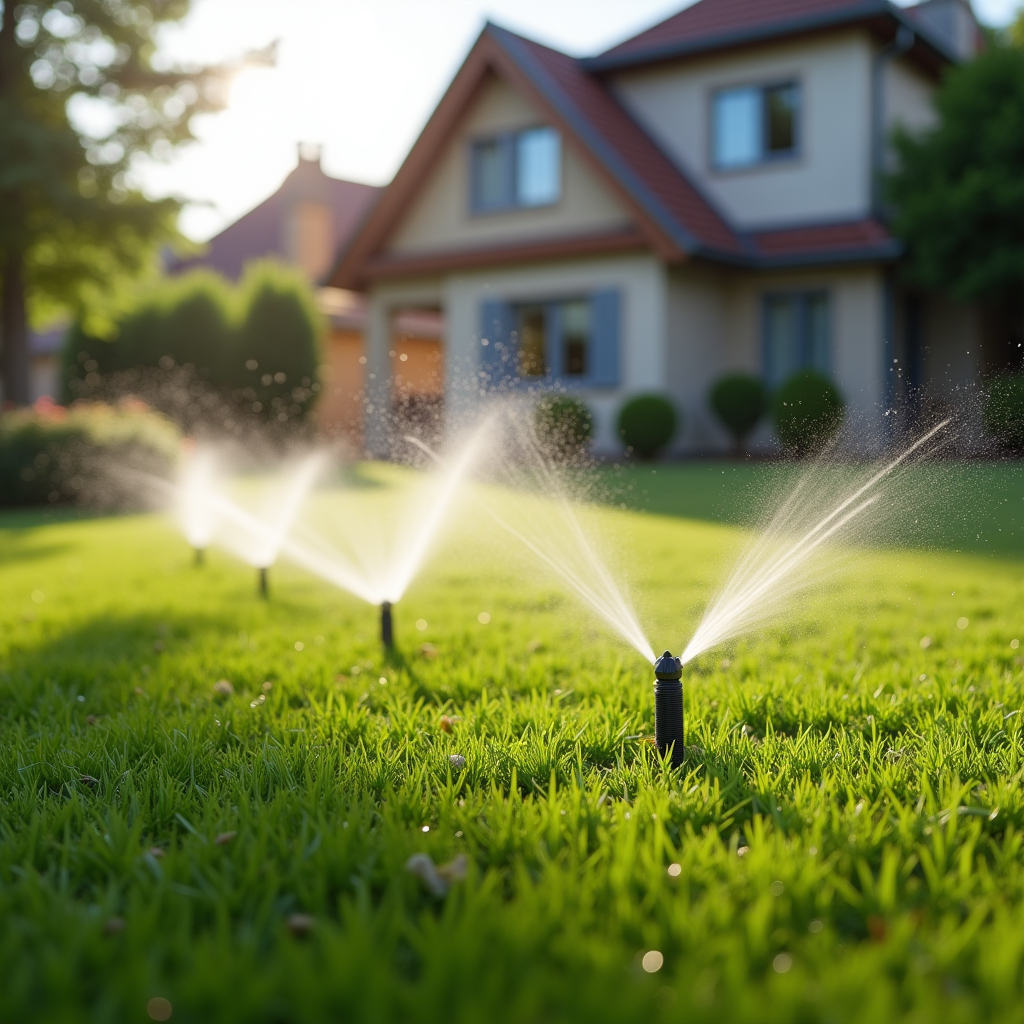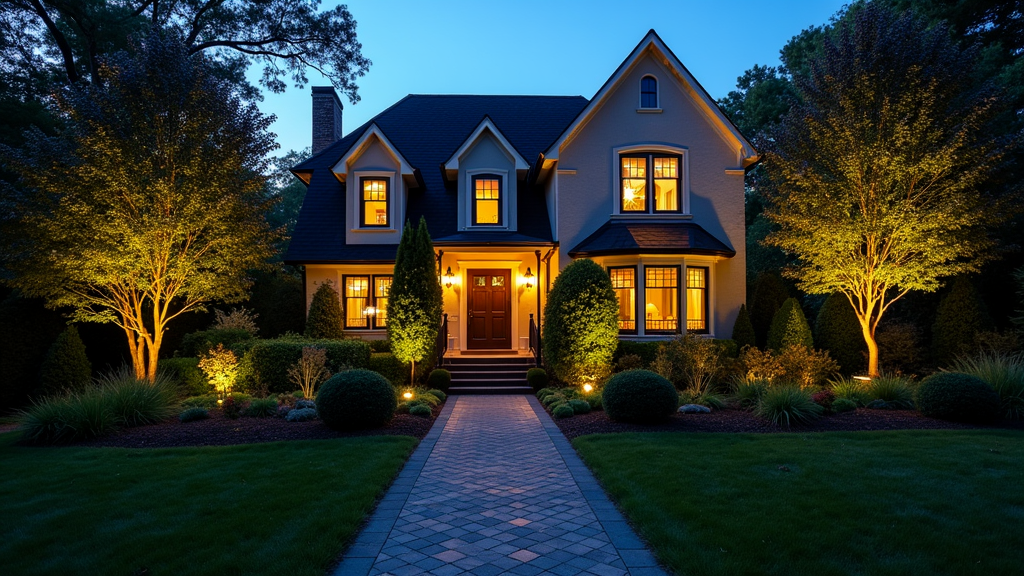Introduction
Landscape design has undergone a remarkable transformation over the decades, reflecting changes in societal values, technological advancements, and ecological considerations. From the formal gardens of the past to the contemporary sustainable landscapes we see today, the evolution of modern landscape design tells a story of creativity, innovation, and a growing awareness of our environment.
In this article, we'll embark on a journey through time to explore The Evolution of Modern Landscape Design: Trends Over the Decades. We will delve into various trends that have shaped the practice of designing landscapes, highlighting significant movements and their impacts on our outdoor spaces.
The Evolution of Modern Landscape Design: Trends Over the Decades
1. The Roots of Landscape Design: A Historical Overview
What are the historical foundations of landscape design?
Landscape design dates back thousands of years, with its origins rooted in ancient civilizations. The Egyptians created meticulously planned gardens that served both aesthetic and functional purposes, while the Chinese developed harmonious landscapes that reflected their philosophical beliefs. These early practices laid the groundwork for modern landscape design.
1.1 Ancient Civilizations and Their Gardens
- Egyptian Gardens: Often associated with temples and palaces, these gardens were filled with symbolic plants. Chinese Gardens: Emphasizing harmony with nature, these landscapes featured water features and carefully placed rocks. Roman Influence: Romans introduced public parks and recreational spaces that paved the way for communal gardens.
2. The Renaissance: A Resurgence in Landscape Aesthetics
How did the Renaissance influence landscape architecture?
The Renaissance marked a period of renewed interest in classical art and architecture. This era saw an emphasis on symmetry and proportion in garden design, with famous examples like Italy’s Villa d'Este showcasing intricate layouts.
2.1 Key Characteristics of Renaissance Gardens
- Geometric Shapes: Formal layouts featuring symmetrical patterns. Water Features: Fountains and ponds adding elegance to gardens. Sculptural Elements: Statues enhancing visual interest.
3. The 18th Century: The Birth of English Landscape Gardening
What is English Landscape Gardening?
As we moved into the 18th century, a shift occurred towards a more naturalistic approach known as English Landscape Gardening. Pioneers like Capability Brown emphasized picturesque views over rigid structures.
3.1 Principles of English Landscape Design
- Natural Forms: Curvilinear paths mimicking nature. Lush Planting: Use of native species to create seamless transitions. Views and Vistas: Strategic placement for optimal sightlines.
4. The Industrial Revolution: Urban Landscapes Emerge
How did industrialization impact landscape design?
The Industrial Revolution brought about rapid urbanization, leading to new challenges in landscape design, particularly within cities now overflowing with people seeking green spaces for leisure.
4.1 Parks as Urban Sanctuaries
- Public Parks Development: Central Park by Frederick Law Olmsted as a response to urban density. Green Belts: Planning green corridors connecting urban areas for environmental benefits.
5. Early 20th Century: The Arts and Crafts Movement
What role did the Arts and Crafts Movement play in landscapes?
Emerging during a time when mass production was prevalent, this movement emphasized handcrafted elements within landscapes—creating more personalized outdoor spaces.
5.1 Characteristics of Arts and Crafts Landscapes
- Natural Materials: Stone walls made from local materials. Integrated Structures: Garden designs incorporating pergolas and trellises.
6. Mid-Century Modernism: A New Wave in Design Philosophy
What defined mid-century modern landscape design?
The mid-century modern movement brought an embrace of minimalism within landscaping—highlighting clean lines and open spaces that harmonized with architectural forms.
6.1 Key Features of Mid-Century Landscapes
- Minimalist Aesthetics: Focus on simplicity without clutter. Integration with Architecture: Seamless connection between indoor-outdoor living.
7. Postmodernism: Eclectic Influences in Landscaping
How did postmodernism reshape landscape architecture?
Postmodernism introduced eclectic styles that blurred boundaries between different disciplines—landscape designers began to draw from history while incorporating contemporary elements.
7.1 Characteristics of Postmodern Landscapes
- Playful Use of Color: Bold choices creating striking contrasts. Diverse Styles: Mixing traditional influences with modern approaches.
8. Sustainable Practices: Landscapes for Tomorrow
Why is sustainability crucial in modern landscape design?
With growing concerns over climate change and environmental degradation, sustainable practices have become integral to designing landscapes today—promoting biodiversity while respecting natural ecosystems.

8.1 Principles of Sustainable Landscape Design
- Native Plant Utilization: Encouraging local flora supports wildlife. Water Conservation Techniques: Implementing xeriscaping principles reduces water usage effectively.
9. Technology's Role in Shaping Modern Landscape Designs
How has technology influenced contemporary landscaping?
Advancements in technology have transformed how designers visualize projects—from computer-aided design (CAD) software to drone imagery enabling accurate site assessments before construction begins.
9.1 Innovative Tools Impacting Landscape Architecture
- GIS (Geographic Information Systems): Mapping terrain features for informed decision-making. Virtual Reality (VR): Allowing clients to experience designs before implementation through immersive experiences.
10. Cultural Influences on Contemporary Landscapes
What cultural aspects shape today's landscape designs?

Cultural diversity plays a vital role in shaping unique landscapes tailored to reflect community identities—designers often blend traditions into contemporary settings creating harmonious outdoor spaces appreciated by all cultures represented within communities.
10.1 Examples Of Culturally-Inspired Landscapes
- Zen Gardens: Incorporating elements promoting tranquility inspired by Japanese culture. Indigenous Plantings & Designs: Honoring native cultures through respectful integration methods emphasizing traditional symbolism alongside aesthetics.
FAQs About Modern Landscape Design
FAQ 1: What is landscape design?
Landscape design refers to planning and arranging outdoor spaces through vegetation selection & layout planning aiming at enhancing beauty alongside functionality for human use or ecological balance!
FAQ 2: How do I start designing my own landscape?
Begin by assessing your space needs; consider factors http://cesarngsb864.bearsfanteamshop.com/diy-vs-professional-landscaping-what-s-best-for-your-greensboro-home like climate type & soil conditions before researching suitable plants! Sketch ideas based on observations regarding light availability throughout seasons too!
FAQ 3: What are some popular trends in modern landscape design?
Some popular trends include sustainable practices utilizing native plants; incorporating multifunctional outdoor living areas; embracing technology such as smart irrigation systems etc., which make maintenance easier while preserving resources!
FAQ 4: How can I incorporate sustainability into my landscaping?
Consider using drought-tolerant plants; install rainwater harvesting systems; opt for permeable paving options ensuring less runoff occurs while protecting groundwater sources nearby!
FAQ 5: What role does color play in landscaping?
Color significantly impacts mood perception! Bright colors evoke energy levels stimulating activity whereas softer hues promote relaxation making thoughtful color selections crucial during designing landscapes catering specific needs/preferences expressed by users involved too!
FAQ 6: Can I hire professionals for my landscaping project?
Absolutely! Hiring experienced professionals ensures high-quality workmanship follows industry standards while helping navigate complexities involved ensuring desired outcomes achieved efficiently without unnecessary stress arising during process execution!
Conclusion
In conclusion, exploring The Evolution of Modern Landscape Design: Trends Over the Decades reveals not just artistic expression but also cultural significance intertwined within our shared environments across history! Today’s focus emphasizes sustainability alongside functionality fostering deeper connections between humans & nature facilitating healthier lifestyles enjoyed outdoors together amidst beautiful scenic vistas created purposefully designed tailored specifically addressing diverse community needs existing harmoniously together enriching everyone’s quality life ultimately beneficially enhancing overall well-being collectively thriving beautifully flourishing sustainably built surrounding ecosystems interconnected coherently promoting balance nourishing earth nurturing us all!